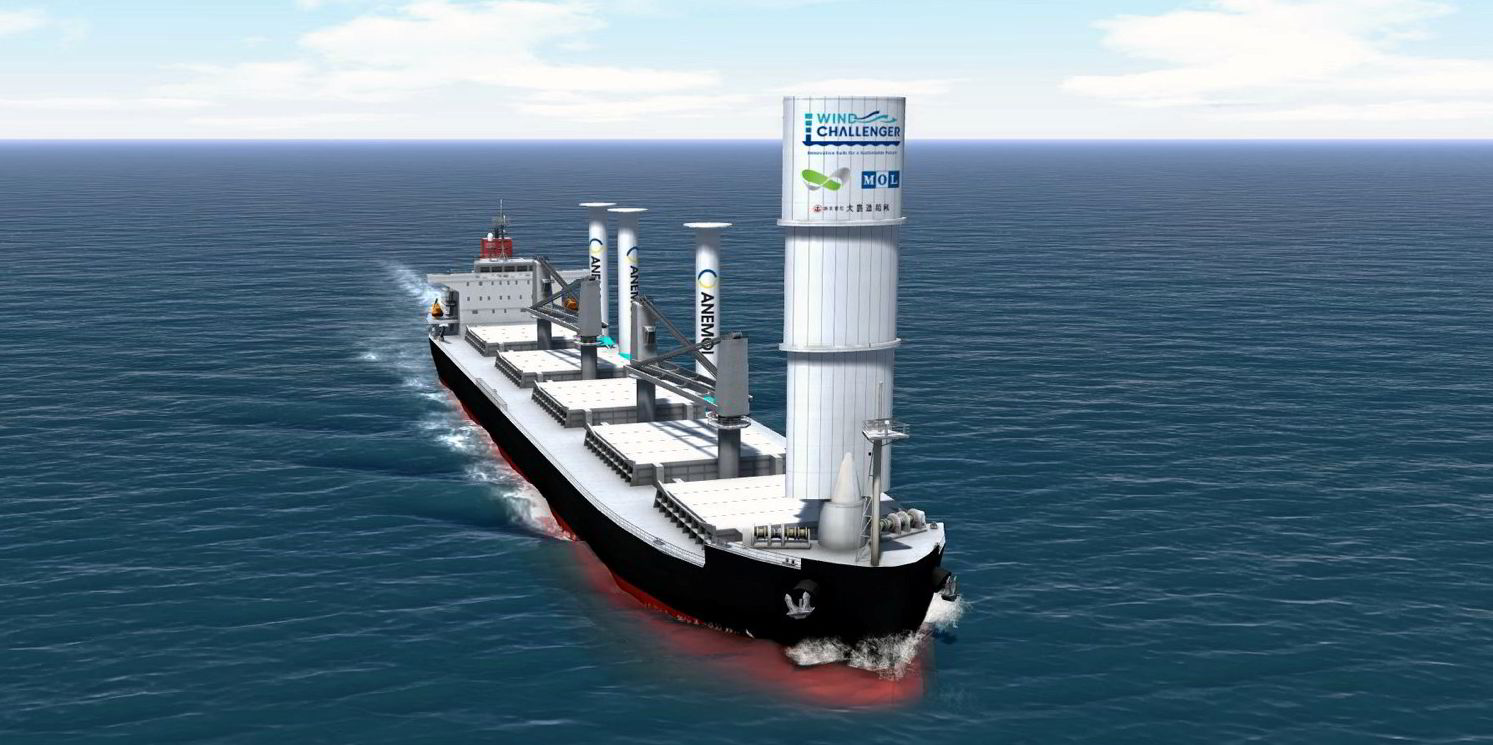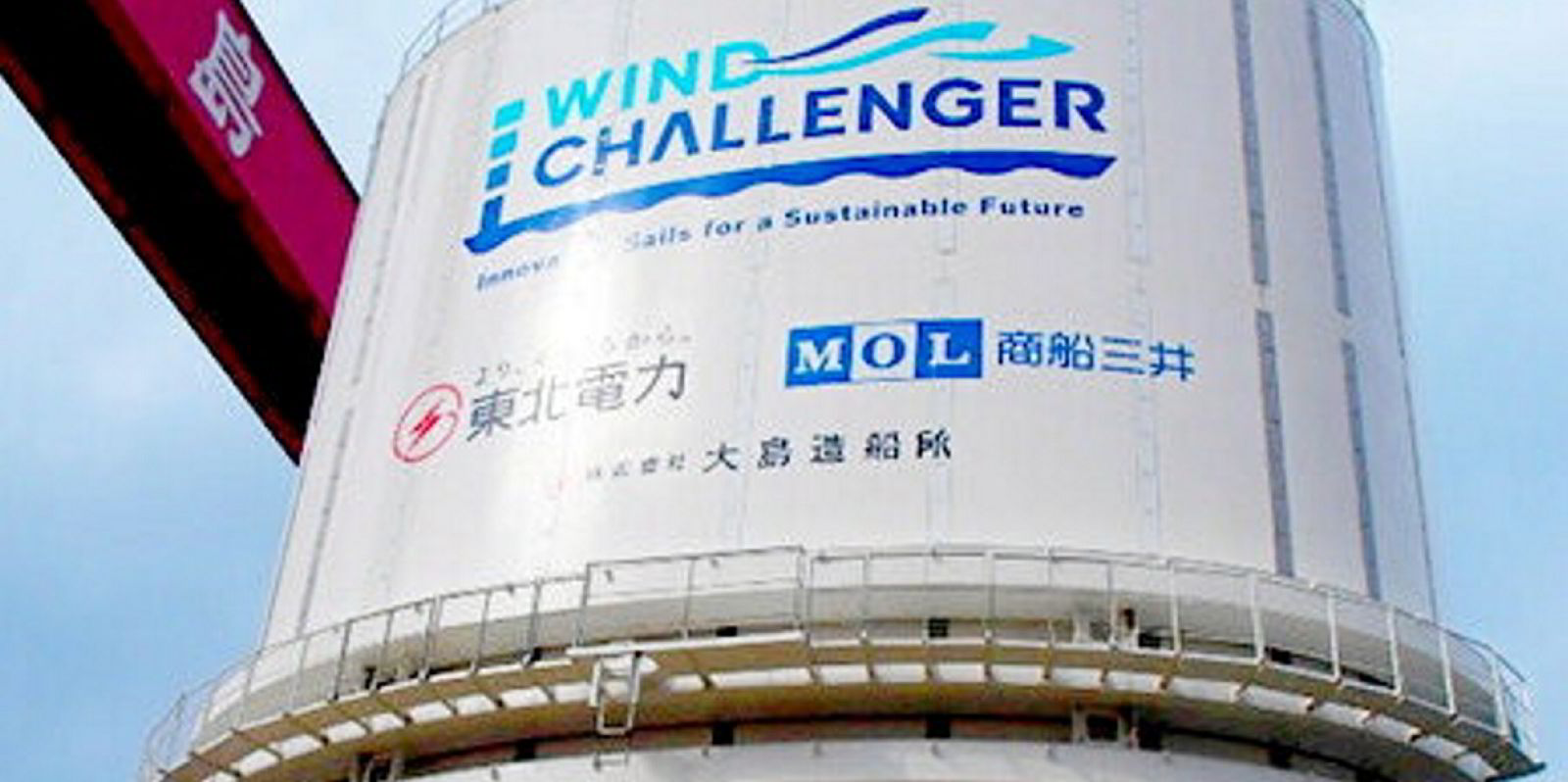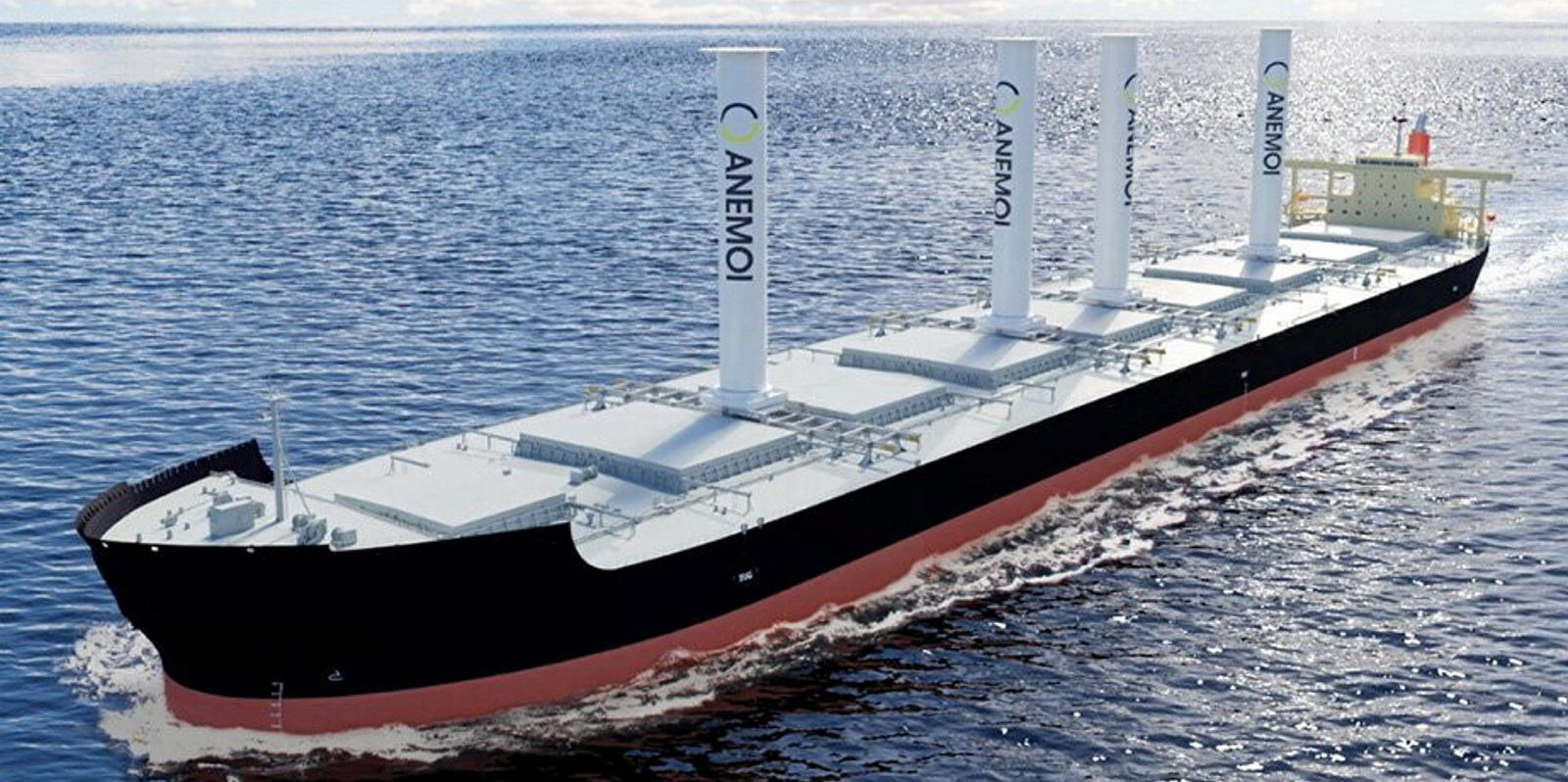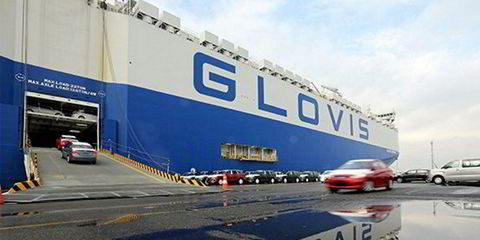An ultramax bulk carrier newbuilding ordered by Mitsui OSK Lines will be the world’s “first” vessel to feature two separate wind propulsion technologies.
The 62,900-dwt vessel is under construction at Japan’s Oshima Shipbuilding on the back of long-term employment from US-listed wood pellet producer Enviva.
The vessel, due for delivery in 2024, will feature both Anemoi Marine Technology’s Rotor Sails and MOL’s Wind Challenger hard sail technology.
MOL and Enviva said the combination of the two systems will reduce the vessel’s greenhouse gas (GHG) emissions by about 20%.
The two companies first signed a memorandum of understanding agreement in March 2021 to develop and deploy an environmentally friendly bulk carrier.
They have now signed an additional MoU to deploy such a vessel to reduce the GHG emissions in Enviva's transportation of sustainable wood pellets and biofuels.
As shipping pellets across the Atlantic Ocean currently comprises one third of Enviva’s supply chain emissions, this partnership will generate significant carbon savings in its upstream and downstream value chain, Enviva said.
Enviva, which aims to achieve net-zero GHG emissions by 2030, said the project is one of the first opportunities for it to explore carbon reductions in our Scope 3 emissions.
“Reducing greenhouse gas emissions in our supply chain is a foremost priority for us,” said Enviva chief commercial office Thomas Meth.
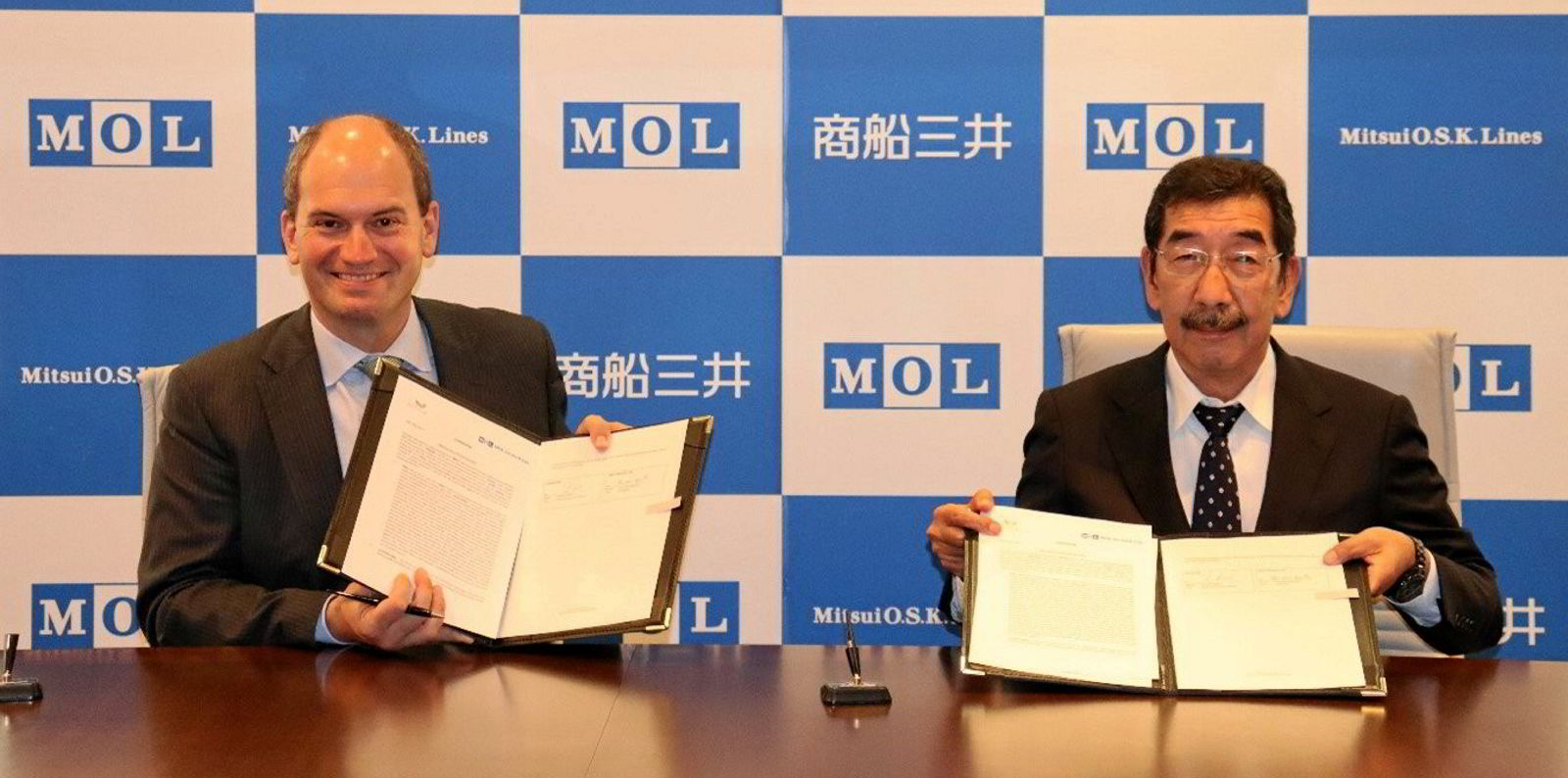
“While we have made progress in reducing our operations’ CO2 footprint, there are more innovative opportunities like the one we are partnering on with MOL to continue to strive for more circular approaches in our supply chain.”
Plans to develop the Wind Challenger started in 2009 as an industry-academia joint research project led by the University of Tokyo.
MOL took charge of the plan in 2018 and has been working on the technology which converts wind energy to propulsive force with a telescopic hard sail.
The first Wind Challenger is scheduled to enter service in the second half of this year aboard a 99,000-dwt bulker on order at Oshima Shipbuilding.
The vessel, which was ordered on the back of a coal transport deal with Tohoku Electric Power Co, is expected to see a reduction in GHG emissions of up to 8%.
MOL has said that the Wind Challenger is expected to reduce emissions of GHGs by about 5% on the Japan-Australia route or about 8% on the Japan-North America West Coast route, in comparison with a conventional vessel of the same class.
Enviva owns and operates 10 plants with a combined production capacity of around 6.2m metric tons per year in Virginia, North Carolina, South Carolina, Georgia, Florida, and Mississippi.
In addition, Enviva exports wood pellets through its deep-water marine terminals at the Port of Chesapeake, Virginia, the Port of Wilmington, North Carolina, and the Port of Pascagoula, Mississippi, and from third-party deep-water marine terminals in Savannah, Georgia, Mobile, Alabama, and Panama City, Florida.
